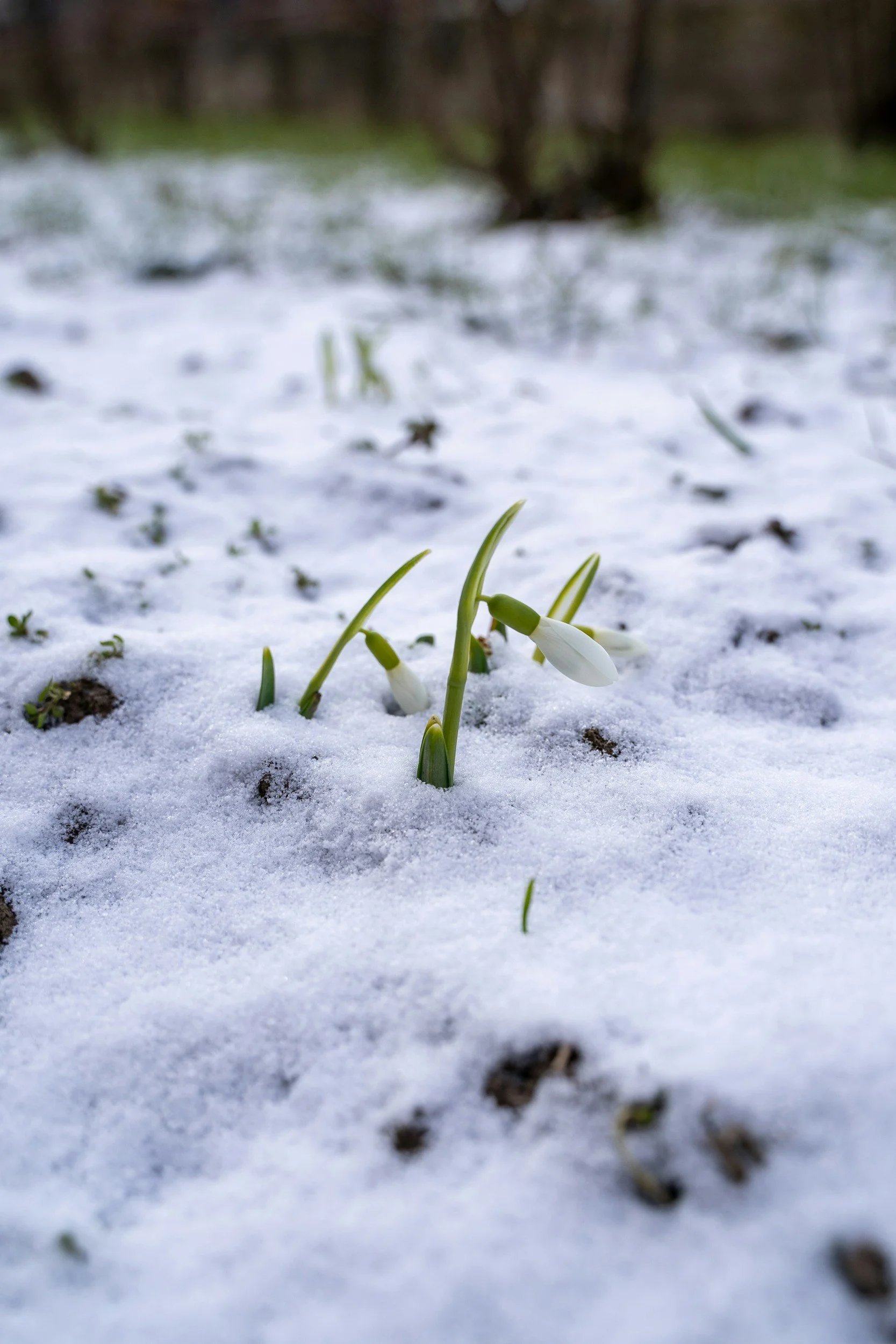Snow, Soil, and Spring Readiness: A Guide for Prairie Farmers
Winter may look quiet above ground, but the soil beneath the snow remains surprisingly active. Even during the coldest Prairie months, your fields continue to experience significant biological and chemical changes. Soil microbes slow down but do not shut down completely, nutrients continue to shift within frozen and thawing layers, and snow influences moisture levels, aeration, and nutrient availability for the coming spring.
Understanding what happens in winter soils helps Prairie farmers make smarter fertility decisions and set their fields up for a stronger start in the next growing season.
The Hidden Life of Soil Beneath the Snow
Snow acts as a natural insulating layer between the cold air and the soil surface.
Even when air temperatures fall sharply, the soil under a steady snowpack stays warmer, allowing soil microbes to continue functioning at a reduced rate.
Active winter microbes help maintain:
Slow but steady organic matter breakdown
Gradual nutrient release from crop residues
Improved soil structure as microbial proteins bind to soil particles
If fields lose their snow cover or freeze deeply, microbial activity drops sharply. This slowdown can delay spring nutrient mineralization, especially nitrogen and sulphur. Supporting soil biology before winter and helping microbes recover quickly in early spring can make nutrient release more consistent.
How Freezing and Thawing Improves Soil Structure
Freeze-thaw cycles can act as a natural soil conditioner.
As water expands and contracts inside soil pores, it creates small openings that help:
Loosen compacted soil
Improve early spring infiltration
Encourage deeper root penetration once the soil warms
However, repeated freeze-thaw cycles can break down soil aggregates, increase nutrient losses, and raise the risk of erosion in fields with low residue cover. Strong microbial communities and balanced soil chemistry help maintain soil structure and reduce these impacts through the winter.
What Winter Conditions Do to Soil Nutrients
Nutrients do not stay still under snow, and the shifts that occur through the winter play an important role in determining how available those nutrients are in early spring.
Nitrogen
Ammonium can convert to nitrate during mild winter periods if the soil stays unfrozen under snow. Because nitrate is mobile, it can leach once soils thaw, especially in coarse or low-organic-matter soils.
Phosphorus
Freeze-thaw cycles can release small amounts of phosphorus from damaged plant residues. Most movement occurs through runoff or erosion during spring melt.
Sulphur
Sulphur becomes plant-available through microbial conversion, which slows in cold soils and can lead to early-season deficiencies.
Micronutrients
The availability of zinc, manganese, and copper fluctuates with soil temperature, moisture, and pH. Cold soils often limit early root uptake even in well-fertilized fields.
How Crop Aid Plus Supports Winter and Early Spring Fertility
Crop Aid Plus helps soil biology stay active and resilient through winter and into early spring. Applying it in fall or as soon as conditions allow in spring gives soil microbes the boost they need to wake up faster as temperatures rise.
A more active microbial community supports:
Faster nutrient mineralization
Stronger early root development
A more responsive nutrient environment for emerging crops
By helping soil biology recover quickly after winter, Crop Aid Plus creates a healthier soil system that supports early plant growth and improves overall nutrient efficiency.
Build Better Soil Health this Winter
Winter does not need to hold soil fertility back. Crop Aid Plus helps keep soil biology active longer in the fall and supports a quicker microbial recovery in early spring.
By strengthening microbial activity, Crop Aid Plus helps protect nutrient availability, improve mineralization, and support stronger early root growth, creating a more responsive soil environment at the start of the growing season.
By integrating Crop Aid Plus into their winter and early spring plans, Prairie farmers can improve nutrient efficiency, build resiliency, and prepare their fields for a productive season ahead.


